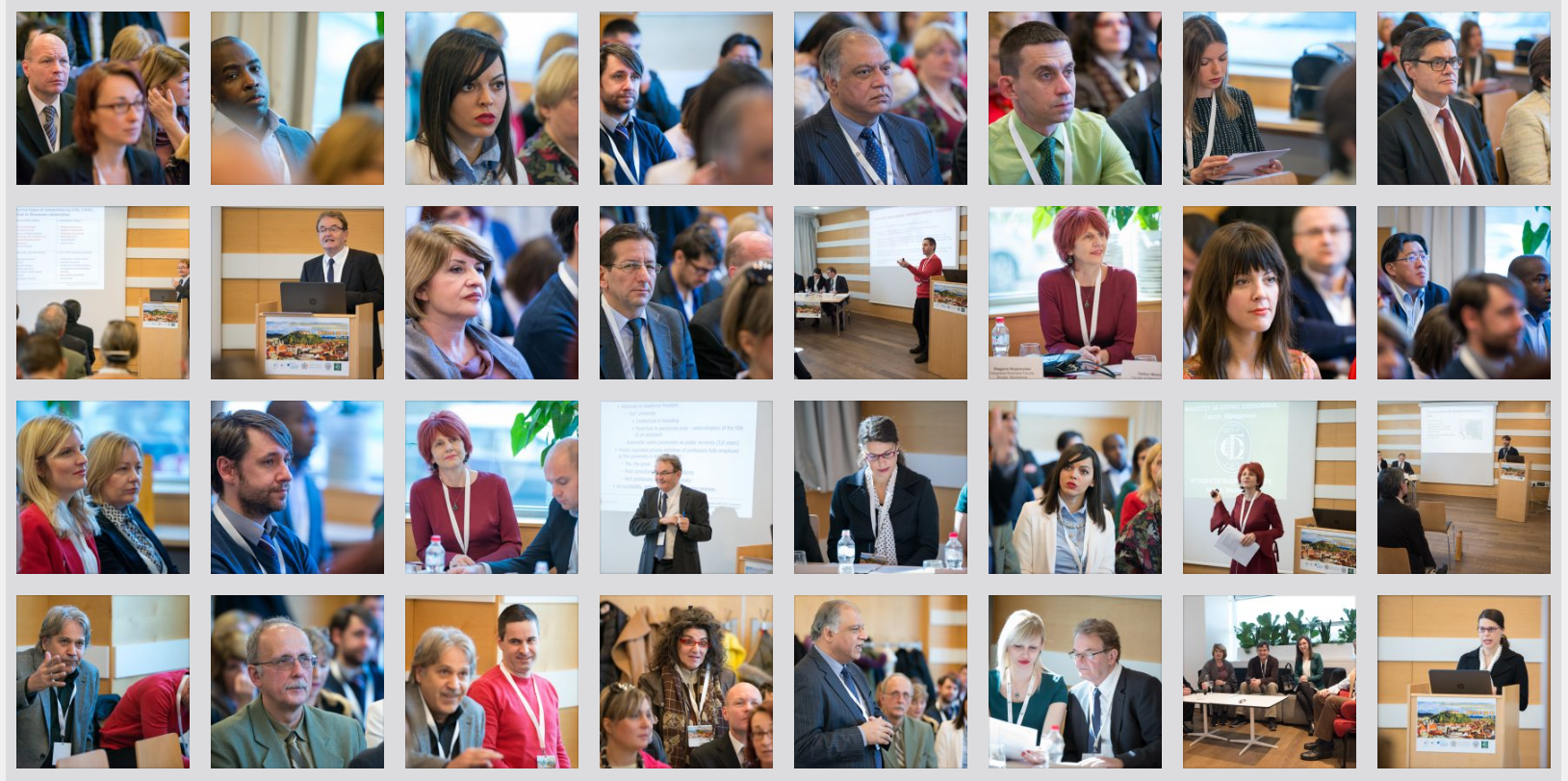Renaldi Gondosubroto – Columbia University, 500 W 120th St #510, New York, NY 10027, United States
Keywords:
Competition;
Broadband divide;
5G
Abstract: This paper addresses the issue of insufficient broadband and wireless technology access in rural areas and proposes the use of 5G technology to bridge the digital divide. The paper analyzes a possible cost model for community implementation of 5G, with a focus on Chicago’s South and West Sides, where internet access is an issue for citizens. The methodology is based on qualitative research through narrative analysis and a focus group discussion with economists and consultants specializing in the digital divide. The paper proposes a cost model based on average revenue per machine (ARPM) instead of the traditional average revenue per user (ARPU) model, which provides a fairer cost model for rural areas. Participants of the focus group evaluated the model and concluded that it would provide a fair and competitive ground between local and nationwide providers, with potential government support.

Download full paper

7th International Scientific Conference – EMAN 2023 – Economics and Management: How to Cope With Disrupted Times, Ljubljana, Slovenia, March 23, 2023, SELECTED PAPERS, published by: Association of Economists and Managers of the Balkans, Belgrade, Serbia; ISBN 978-86-80194-70-7, ISSN 2683-4510, DOI: https://doi.org/10.31410/EMAN.S.P.2023
Creative Commons Non Commercial CC BY-NC: This article is distributed under the terms of the Creative Commons Attribution-Non-Commercial 4.0 License (https://creativecommons.org/licenses/by-nc/4.0/) which permits non-commercial use, reproduction and distribution of the work without further permission.
American Enterprise Institute. (2012). Broadband Competition in the Internet Ecosystem. American Enterprise Institute. Retrieved from https://www.judiciary.senate.gov/imo/media/doc/Eisenach%20Attachment%20II.pdf
Dangi, R., Lalwani, P., Choudhary, G., You, I., & Pau, G. (2021). Study and Investigation on 5G Technology: A Systematic Review. Sensors, 22(1), 26. https://doi.org/10.3390/s22010026
Fernández, S. (2021). Challenges and Opportunities of 5G in Rural Areas. Barcelona: Diplocat. Retrieved from https://diplocat.cat/media/upload/arxius/publicacions/AgoraDP/Agora14_DDT5G-EN.pdf
Global Platform for Sustainable Cities. (2022). Next Generation Nationwide Broadband Network (pp. 46-47). Singapore: Global Platform for Sustainable Cities. Retrieved from https://www.thegpsc.org/sites/gpsc/files/32._next_generation_nationwide_broadband_network_singapore.pdf
Honker, J. (2022). Seven Models For Community Broadband (pp. 66-70). Broadband Communities. Retrieved from https://www.bbcmag.com/pub/doc/BBC_May16_SevenModels.pdf
Kearney. (2018). 5G is the Key to Future American Competitiveness. Retrieved from https://www.kearney.com/communications-media-technology/article?%2Fa%2F5g-is-the-key-to-future-american-competitiveness
Milgrom, P., Weyl, G., & Zhang, A. (2017). Redesigning Spectrum Licenses to Encourage Innovation and Investment. Palo Alto: Stanford Institute for Economic Policy Research. Retrieved from https://siepr.stanford.edu/publications/working-paper/redesigning-spectrum-licenses-encourage-innovation-and-investment
Oughton, E. J., Comini, N., Foster, V., & Hall, J. W. (2022). Policy choices can help keep 4G and 5G universal broadband affordable. Technological Forecasting and Social Change, 176, 121409. https://doi.org/10.1016/j.techfore.2021.121409
Plantin, J.-C. (2021). The geopolitical hijacking of open networking: the case of Open RAN. European Journal of Communication, 36(4), 404-417. https://doi.org/10.1177/02673231211028375
Pressgrove, J. (2019). The Dos and Don’ts of Community Broadband Network Planning. Retrieved 29 April 2022, from https://www.govtech.com/network/the-dos-and-donts-of-community-broadband-network-planning.html
Prieger, J. E. (2013). The broadband digital divide and the economic benefits of mobile broadband for rural areas. Telecommunications Policy, 37(6-7), 483-502. https://doi.org/10.1016/j.telpol.2012.11.003
Rivera-Illingworth, A., Heeks, R., & Renken, J. (2020). Measuring the Global Broadband Divide Using Aggregated Crowdsourced Big Data. SSRN Electronic Journal. https://doi.org/10.2139/ssrn.3958051
Schmidt, E. (2021). Eric Schmidt: US’s flawed approach to 5G threatens its digital future. Ft.com. Retrieved 29 April 2022, from https://www.ft.com/content/dca96eaf-8262-42d8-a95f-d255642e9c7a
Skouby, K. (2021). 5G Business Models & Trends in Rural Communication. Journal Of Mobile Multimedia, 17(3). https://doi.org/10.13052/jmm1550-4646.17139
Suryanegara, M. (2018). The Economics of 5G: Shifting from Revenue-per-User to Revenue-per-Machine. 2018 18Th International Symposium On Communications And Information Technologies (ISCIT). https://doi.org/10.1109/iscit.2018.8588006
Taylor, W., & Cervera-Jackson, A. (2020). Competition implications of the transition to 5G. Competition Law International, 16(2). Retrieved from https://www.ibanet.org/MediaHandler?id=5B4F2501-293B-472C-95A8-F45E3162B675
The Executive Office of the President. (2022). Community-based Broadband Solutions – The Benefits of Competition and Choice for Community Development and Highspeed Internet Access. Washington: The Executive Office of the President. Retrieved from https://muninetworks.org/sites/www.muninetworks.org/files/White-House-community-based-broadband-report-by-executive-office-of-the-president_1.pdf
Townsend, L., Sathiaseelan, A., Fairhurst, G., & Wallace, C. (2013). Enhanced broadband access as a solution to the social and economic problems of the rural digital divide. Local Economy: The Journal Of The Local Economy Policy Unit, 28(6), 580-595. https://doi.org/10.1177/0269094213496974
UN Broadband Commission. (2022). Broadband Commission for Sustainable Development (pp. 3-5). UN Broadband Commission. Retrieved from https://sustainabledevelopment.un.org/content/documents/27339HLPF21_BBComInput_March12_FIN.pdf
Wallace, C., Vincent, K., Luguzan, C., & Talbot, H. (2015). Community broadband initiatives. Proceedings Of The 7Th International Conference On Communities And Technologies. https://doi.org/10.1145/2768545.2768548
Warf, B. (2003). Mergers and Acquisitions in the Telecommunications Industry. Growth And Change, 34(3), 321-344. https://doi.org/10.1111/1468-2257.00221
The White House. (2022). President Biden’s FY 2023 Budget Advances Equity. Retrieved from https://www.whitehouse.gov/omb/briefing-room/2022/03/30/president-bidens-fy-2023-budget-advances-equity/
Williams, I. (2018). Community Based Networks and 5G Wi-Fi. Ekonomiczne Problemy Usług, 131, 321-334. https://doi.org/10.18276/epu.2018.131/2-31
Yaghoubi, F., Mahloo, M., Wosinska, L., Monti, P., Farias, F., Costa, J., & Chen, J. (2018). A Techno-Economic Framework for 5G Transport Networks. IEEE Wireless Communications, 25(5), 56-63. https://doi.org/10.1109/mwc.2018.1700233

